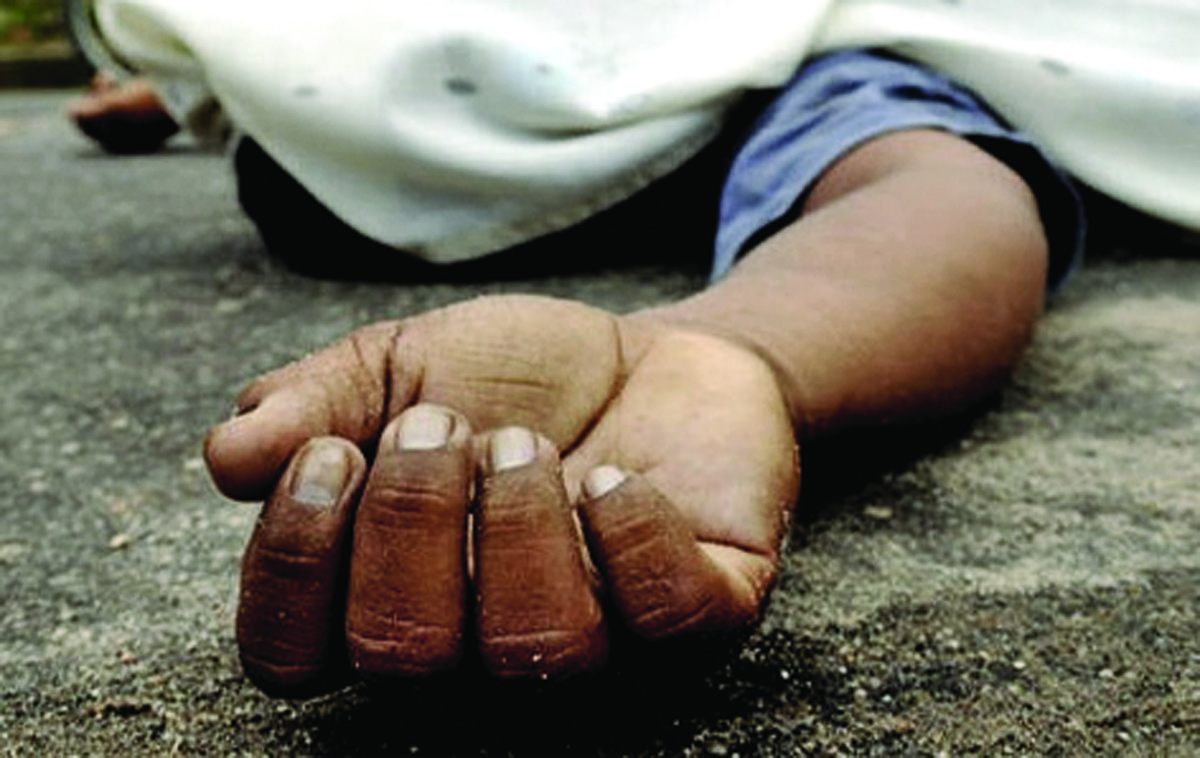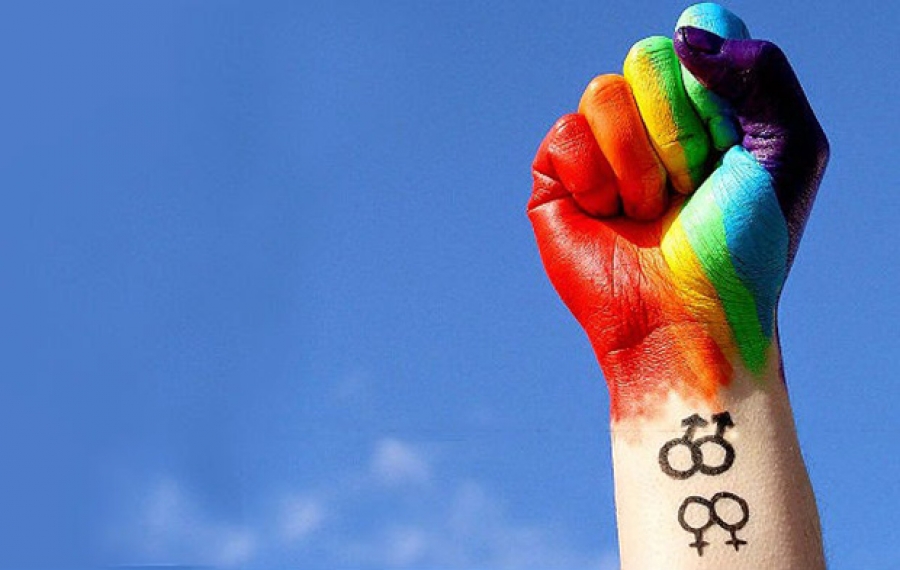RIO DE JANEIRO, BRAZIL – In 2018, 75.7 percent of homicide victims in Brazil were black. In the historical context, between 2008 and 2018, the number of homicides of black people in the country increased by 11.5 percent, while among non-black people it dropped by 12.9 percent.
The data are from the Violence Atlas, a survey conducted by the FBSP (Brazilian Public Security Forum) in partnership with the IPEA (Institute of Applied Economic Research), linked to the Ministry of Economy, released on Thursday August 27th during an online press conference.
Unlike the Brazilian Public Security Yearbook, which compiles and analyzes data from police records on crime, the Violence Atlas analyzes data from the SIM/MS (Ministry of Health’s Mortality Information System), and the complaints received by Disque 100 (Dial 100 Hotline).

According to the SIM/MS, there were 57,956 homicides in Brazil in 2018. The rate is 27.8 deaths per 100,000 inhabitants. This is the lowest level of homicides in the past four years. The reduction in relation to 2017 is of 12 percent. However, in 2020, the data already point to new growth, particularly during the pandemic in states such as São Paulo.
In the historical context, 628,595 people were murdered in the country between 2008 and 2018. The victims’ profile shows that 91.8 percent were men and eight percent women. Among men, 77.1 percent were killed by firearms, while the rate for women is 53.7 percent. The risk of a black man being murdered is 74 percent higher and for black women, the rate is 64.4 percent.
“How do the racialization processes influence violence? It is about black men’s lack of access to public services and policies, while black women are three times more vulnerable. It’s about the lack of access and that mostly become obvious to the notion that black men are criminals and black women are hypersexualized,” explains researcher Amanda Pimentel, who was involved in the study.
The research also points out a regional racial disparity. In Alagoas, for each homicide of a non-black person, 17 black people died. In Paraíba, 8.9 blacks die to each non-black person killed.
In Sergipe, the number is 5.1 blacks and in Ceará the rate is 4.7. In Brazil, for each non-black person murdered, 2.7 blacks are victims of homicide. Considering the death rates of blacks and non-blacks, it is as if non-blacks lived in Russia, and blacks in Guatemala, Mexico, and Colombia.
For sociologist Samira Bueno, the FBSP’s executive director, these data “help us show the abyss between the black and the non-black population, to what extent racism influences violence.” According to her, “the anti-racist debate is urgent, it must be a priority in Brazil.”
Concealed homicides are also featured in the Atlas. Listed as MVCI (violent death with indeterminate cause), these homicides recorded a 25.6 percent increase. The study points out that in São Paulo the loss of quality information is “scandalous”: in 2018, the state recorded 4,265 MVCIs, of which 549 people were killed by firearms, 168 by sharp objects and 1,428 by blunt objects.
Black women die more
In 2018, a woman was murdered in Brazil every two hours, totaling 4,519 victims. Of these, 68 percent were black. The homicide rate of black women is 5.2 per 100,000 inhabitants, much higher than the figure of 2.8 per 100,000 for non-blacks.
Although homicides of women have dropped 8.4 percent between 2017 and 2018, the situation has improved only for non-black women, which, as the study points out, further reflects racial inequality: while the rate of homicides of non-black women fell 11.7 percent, the rate among black women increased 12.4 percent.
“What public policies are we implementing that protect a non-black woman and do not protect a black woman?” questions Samira Bueno.
Between 2008 and 2018, most women were murdered at home. Of the total, 30.4 percent of women homicides in 2018 in Brazil would have been femicides (domestic hate crimes), a 6.6 percent increase over 2017.

More violence for LGBTs
Violence towards the LGBT+ population increased over the past year. In 2017, it was the first time in the history of the Violence Atlas that LGBTphobia reports entered the study.
The lack of official violence indicators against the LGBT+ population is still a key issue, according to the Atlas. A first step to solve this problem would be to include gender identity and sexual orientation questions in the upcoming census.
In parallel, these sexual orientation and gender identity variables should be included in the occurrence reports so that LGBT people are also included in the statistics produced by the public safety system.
The Atlas also points out that, lacking such progress, it is difficult to confidently assess the prevalence of violence against this segment of the population, which also hinders State intervention through public policies.
Psychological violence increased 7.4 percent among LGBTs, from 1,693 in 2017 to 1,819 in 2018. In terms of physical violence, the increase stands at 10.9 percent, from 4,566 in 2017 to 5,065 in 2018. For other types of violence, the increase is tremendous: 76.8 percent more in 2018, from 1,192 to 2,108.
The only decrease is in relation to torture, which dropped 7.6 percent, from 250 to 231 in 2018. Total violence against LGBTs increased 19.8 percent in 2018, from 7,701 to 9,223. The data are from the SINAN (Notifiable Diseases Information System), of the Ministry of Health.
Within the LGBT+ population, blacks are the most affected by violence, according to SINAN data: 49.4 percent, adding blacks and mixed-race individuals, and 44.7 percent of whites. In relation to sex, 61 percent of violence was against women and 38.9 percent against men. Over 93 percent of cases occur in urban areas against 5.8 percent in rural areas. The study was unable to determine data with gender identity information.
“This is very poor data, not only from the LGBT+ population but from the SINAN. The system needs to be greatly improved in order to have a national scope. These are the data and they show us the tip of the iceberg, underneath there are many aspects that we are unable to see,” explains Samira.
Despite a 28 percent drop in homicide rates against the LGBT+ population, the Atlas shows an 88 percent increase in attempted murders, between 2017 and 2018, according to data from Disque 100, from the Ministry of Women, Family and Human Rights.
Source: El País

